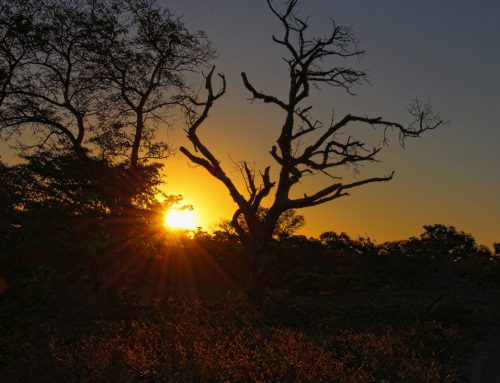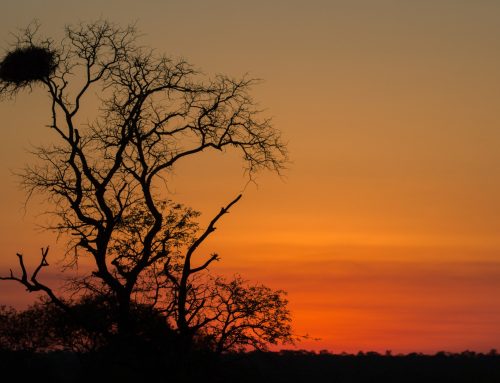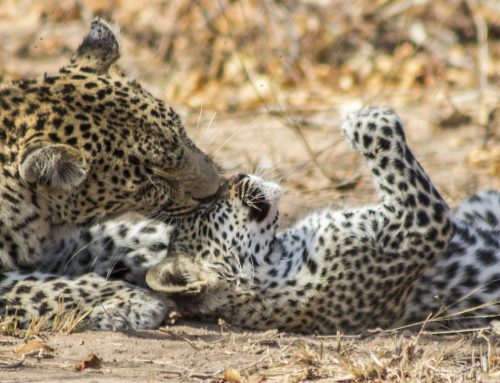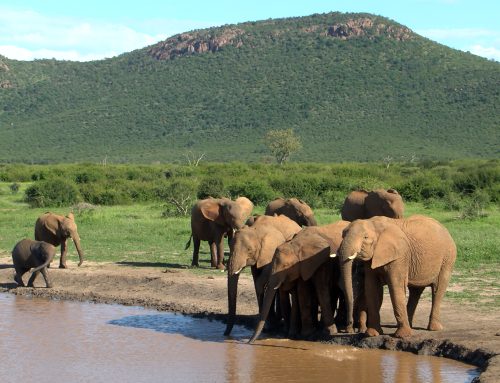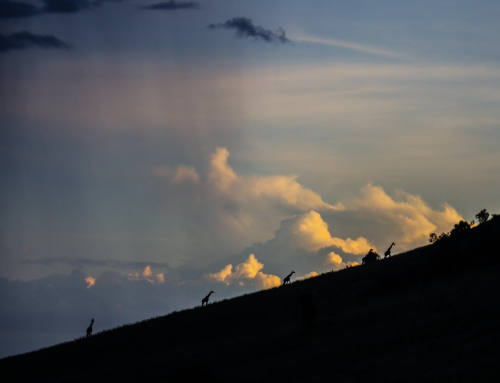It is a picturesque journey.
For about 10 kilometers after you turn off the main highway and start descending into the Rift Valley, you are treated to one of the most magnificent views in the world. It is also a harrowing road that dangles precariously on the edge of an escarpment, with equally scary oncoming cargo trucks that seem to occupy the whole road. Think The Italian Job opening scene (the 1969 one, please), with the right side being a continuous bolder and the left a dramatic fall down a long cliff. (Without the snow and the speed of a Lamborghini Miura, of course.)
My favorite spot along the way is the little Italian church that seats about 14 people. Built in 1942 by Italian PoWs, it is situated just at the bottom of the descent as you approach the one of the major towns on the journey – Maai Mahiu (Hot water in Kikuyu).
It is not my first time travelling to the Mara, but this time, it is special – I am going to work and live there. I call that getting paid to have and live out a hobby.
It’s a smooth ride all the way to the next big town, Narok, and thanks to the season, you’re treated to mesmerizing views of endless green rolling hills of young wheat and barley fields. There is a new attraction halfway to Narok: a 50-foot deep and 65-foot wide crack in the road that developed one night in early March. Its sudden appearance cut off this road’s access for two days and continues to expand sporadically. The formation of the crack has something to do with the movement of an unstable tectonic plate, and was exposed by rainstorms. There are more science-y explanations online if you are interested in things like that. Basically, Africa, it is said, is splitting into two along the Rift Valley creating an entirely new ocean and a continent. Using the current geography of Africa, this huge new continent would include all of Somalia and half of Ethiopia, Kenya and Tanzania. If I plan this right, in 50 million years, my descendants will thank me for acquiring a beachfront property.
It has been raining across the country and I knew I was not really trading Nairobi cold for days of endless sunshine, even though I was hoping for exactly that. Throughout the journey, Manu kept checking with the people at the camp and guides on the state of the roads inside the Mara. We finally got a go ahead to transverse through the park, despite our drivers’ hesitance. One of the things that never grow old with the Mara is the animals that welcome you right at the gate.
Our welcoming brigade consisted of a herd of giraffes that stood almost to attention as we drove past them. Impalas, zebras and gazelles dotted the landscape, well camouflaged by the long grass. As Scott regaled us with tales from his wild encounters, we almost forgot about the floods and had a moment of panic halfway in when we came to a flooded road. Scott, being the experienced guide, was confident we would make it, our driver Waithaka was not, and I was in for the adventure.
We did make it, but not before an ephemeral alarm caused the driver to veer off what we felt was the road and almost ending up in a rut. The stillness in the vehicle in that instant was palpable, no one was breathing. At least I wasn’t. We continued uneventfully to the camp – I lie, nothing about the Mara is uneventful – arriving at shortly after 4.00 PM as predicted by Waithaka.
It did not escape my eye that there was a pod of hippos in a rocky creek a few meters down from camp. I overheard a conversation between Manu and Scott on hippos that make it as far as the camp at night, and can be heard chomping on the grass just outside the tents. It dawned on me; I was really here. It’s one thing to think and imagine it; it’s another to experience it. I was not prepared for how emotional this experience left me, the magnificence of the dramatic landscape, the romantic history (some scenes from Out of Africa were filmed a walking distance from here), the promise of adventure, and the air. Oh, the fresh air! This would be my life for the next few months. The probability of encountering a hippo near the tent on my way to bed, a hyena next to the bathroom at 2.00 AM, maybe a pack of wild dogs chanced upon on an afternoon walk…was I ready?
The view from my tent dispelled these fears, if only for a while. The camp is set on top of the Oloololo escarpment, with an exquisite view that stretches as far as the eye can see over the Mara Triangle. Here, the earth seems to dip ever so stunningly, then rise to kiss the sky. Being an amateur astronomer, the first thing I noticed is my tent faces east, with a bush clearing that felt like pulled curtains in a theatre. I was going to get front row seats with a 180° view of the famed Mara sunrises, from my bed, for months. Beat that!
After meeting the lovely camp staff and fellow WildEarth crew, I freshened up and had one of the most delicious dinners I’ve ever had, courtesy of the charming and soft-spoken Chef Joel. As a pink hue settled across the sky softening the shadows, the sun began to set over the Mara. Tomorrow, I start my training and orientation as an Assistant Director for #safariLIVE. But for now, I will soak all this in.
Written by: Mercy Murugi



